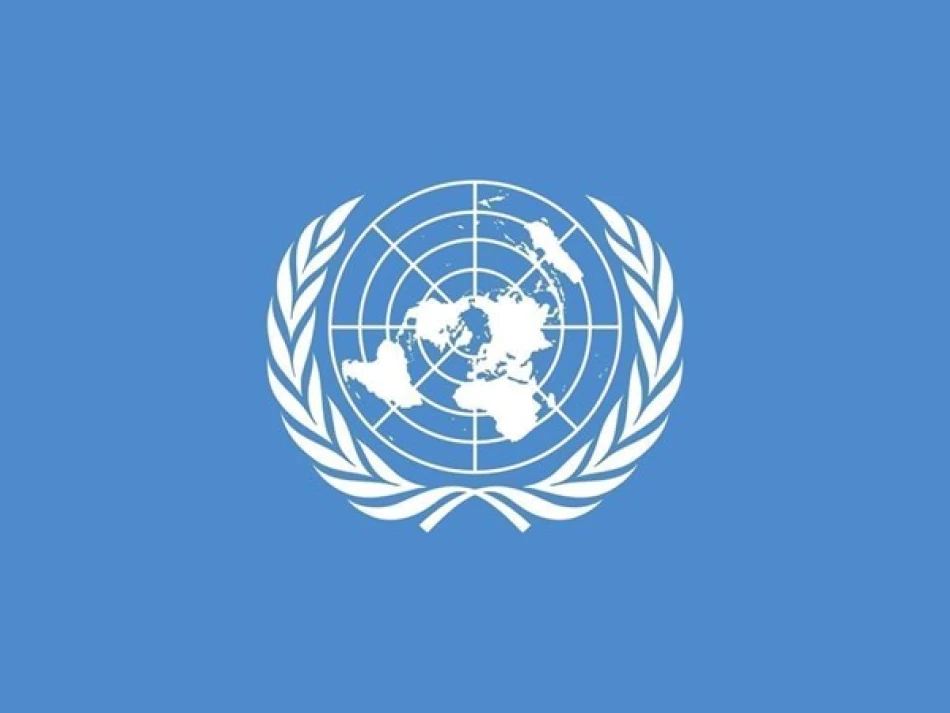
UN Warns of Urgent Eviction Crisis Looming in Deir Al-Balah, Gaza
Israel's Latest Evacuation Order Traps 2.1 Million Palestinians in Just 12% of Gaza
A new Israeli military evacuation order covering 5.6 square kilometers in Deir al-Balah has pushed the proportion of Gaza under displacement orders or military zones to nearly 88%, leaving 2.1 million Palestinian civilians compressed into just 12% of the territory where basic services have collapsed. The UN warns this latest directive is severing critical humanitarian infrastructure and choking aid delivery when it's needed most.
Humanitarian Crisis Deepens as Safe Zones Shrink
The UN Office for the Coordination of Humanitarian Affairs (OCHA) estimates that between 50,000 and 80,000 people were in the affected area when the evacuation order was issued Sunday, including approximately 30,000 individuals sheltering in 57 displacement sites. At least 1,000 families have already fled the zone in recent hours.
This evacuation order represents more than just another displacement directive—it's a systematic compression of Gaza's civilian population into an increasingly unviable space. With 87.8% of Gaza now under evacuation orders or designated as military zones, the territory is experiencing what amounts to the world's most concentrated humanitarian crisis.
Critical Infrastructure Under Threat
The targeted area houses vital humanitarian infrastructure that serves far beyond its immediate vicinity. The zone contains several humanitarian warehouses, four primary health clinics, four medical points, and crucial water infrastructure including the southern Gaza desalination plant, three water wells, one water tank, one solid waste dump, and one sewage pumping station.
The UN has warned that any damage to this infrastructure will have catastrophic consequences for life across Gaza. The desalination plant alone serves as a critical water source for hundreds of thousands of residents in a territory where clean water has become increasingly scarce.
Strategic Fragmentation Disrupts Aid Operations
The evacuation order cuts through Deir al-Balah to the Mediterranean Sea, further fragmenting the Gaza Strip and severely limiting the UN and its partners' ability to move safely and effectively within the territory. This geographic division isn't incidental—it represents a systematic approach to territorial control that has profound implications for humanitarian operations.
UN staff were present and distributed across dozens of buildings in Deir al-Balah when the order was issued. While the organization has shared coordinates of its facilities with relevant parties and emphasized that these sites must be protected alongside all civilian locations, the pattern of displacement orders suggests a deliberate strategy to limit humanitarian space.
Unprecedented Population Density Creates Impossible Conditions
Gaza's pre-war population density of approximately 6,000 people per square kilometer was already among the highest in the world. With 2.1 million people now forced into just 12% of the territory, the effective density has reached catastrophic levels that make basic survival increasingly difficult.
This compression creates a cascading series of crises: overwhelmed sanitation systems, impossible shelter conditions, disease outbreaks, and the complete breakdown of any semblance of normal civic life. The remaining "safe" areas lack the infrastructure to support such massive population concentrations, creating conditions that international humanitarian law experts would likely classify as uninhabitable.
Long-term Implications for Gaza's Viability
The systematic reduction of available civilian space in Gaza raises fundamental questions about the territory's long-term viability. Unlike previous conflicts where displaced populations could eventually return to rebuild, the current pattern of evacuation orders appears designed to permanently alter Gaza's demographic and geographic reality.
The destruction of critical infrastructure like the desalination plant and water systems creates dependencies that will persist long after any ceasefire. Rebuilding such facilities requires not just funding and materials, but also the political will to allow reconstruction—factors that remain highly uncertain given the current trajectory of the conflict.
Most Viewed News

 Layla Al Mansoori
Layla Al Mansoori






